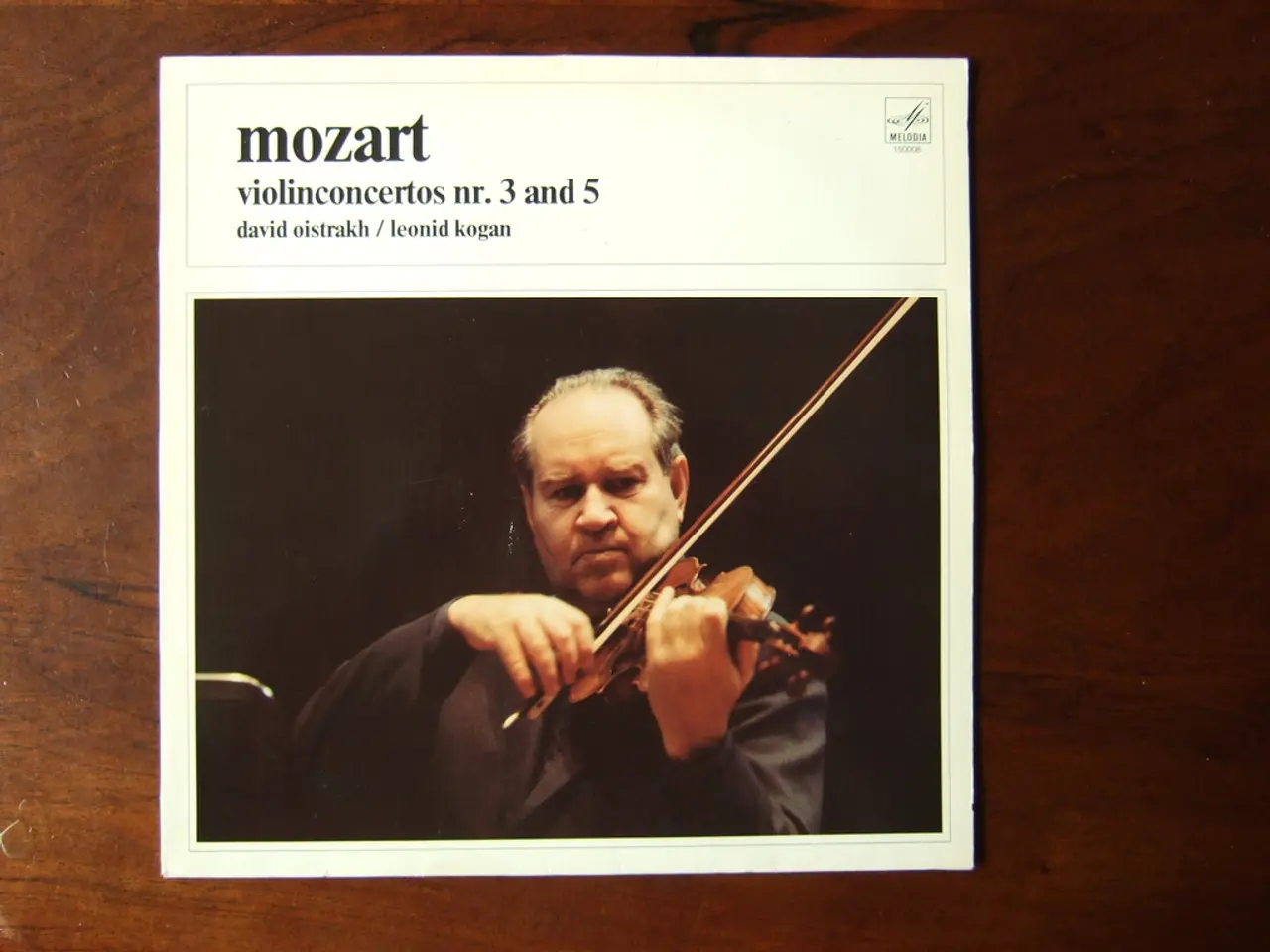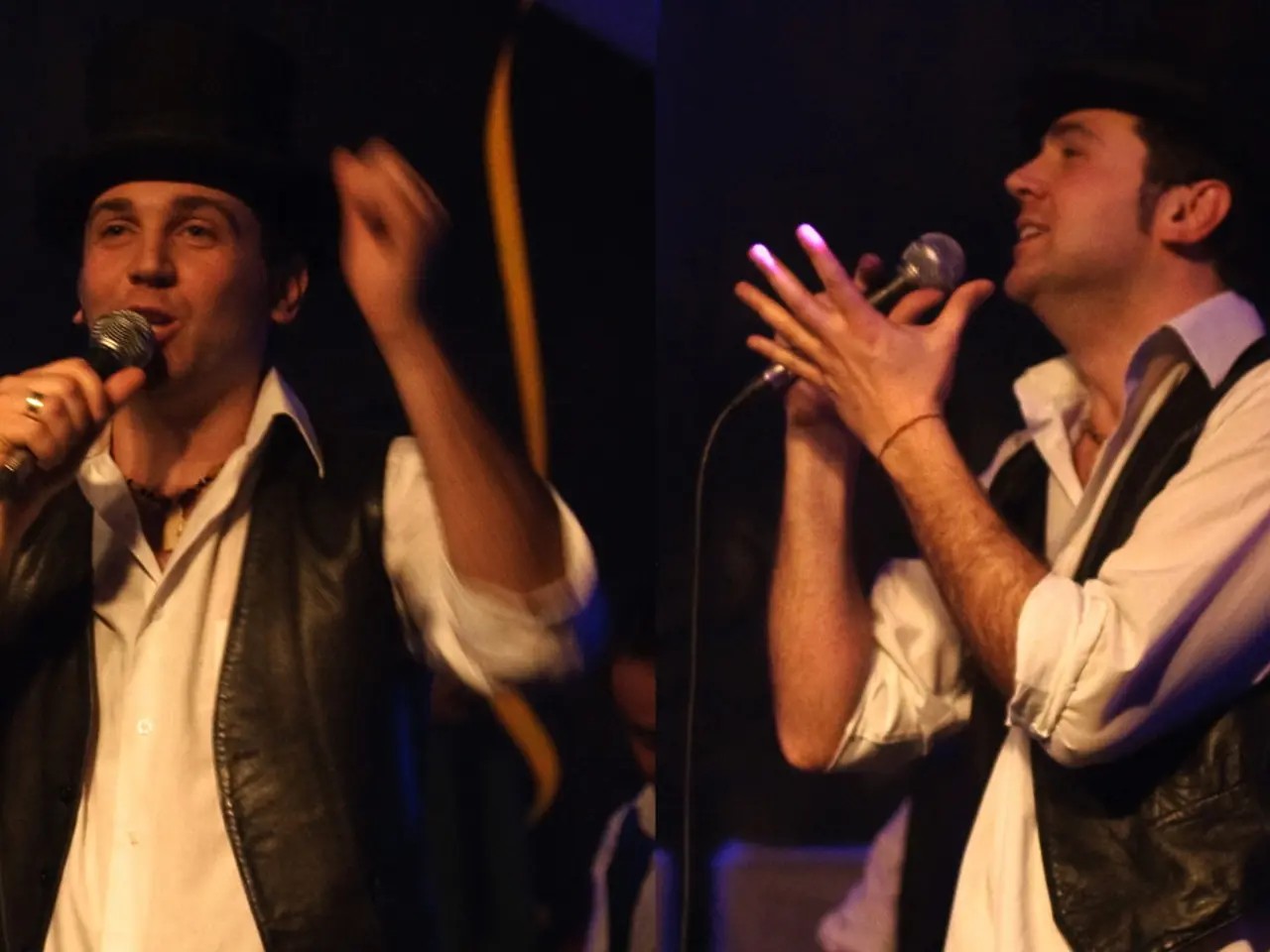Essential Western Films for Authors to Dissect: A List of 11
For screenwriters seeking to craft compelling narratives with rich character arcs, there's no better place to look than the classic Western films that graced the silver screen over the decades. These iconic movies not only entertained audiences but also provided valuable lessons in storytelling, characterisation, and world-building.
Morally Complex Characters and Thematic Depth
One of the defining features of these films is their portrayal of morally complex protagonists—neither purely heroic nor villainous—reflecting the harsh realities of frontier life. This "good-bad" hero archetype invites audiences to engage deeper with character motivations and conflicts, as seen in films like True Grit and The Searchers.
Civilization vs. Wilderness
The Western genre traditionally frames a conflict between the lawless, untamed wilderness and the onset of civilization, using this tension as a moral and physical backdrop to the story. This thematic core enriches the narrative by embedding personal dramas within broader societal change, as demonstrated in movies such as Once Upon a Time in the West and The Wild Bunch.
Strong Sense of Place and Landscape
The vast, often desolate landscapes characteristic of Westerns are not just settings but function as almost mythic entities that influence the story and mood, adding a visual and thematic layer to the screenplay. Unforgiven and Stagecoach are prime examples of this technique.
Character-Driven Plots with High Stakes
Westerns use a character-centric narrative focusing on individual struggles with high moral and physical stakes, such as pursuit, revenge, or justice, culminating often in dramatic confrontations or shootouts that resolve tension in a climactic way. Butch Cassidy and the Sundance Kid and The Man Who Shot Liberty Valance are excellent examples of this approach.
Archetypal Roles and Symbolism
Recurring character types—such as the lone gunslinger, the damsel or love interest, the villain outlaw, and the lawman—allow for quick audience recognition and thematic exploration of ideals like justice, redemption, and survival. Shane and The Wild Bunch make effective use of these archetypes.
Narrative Economy and Focused Storytelling
Films like High Noon use real-time storytelling to maximise suspense and character development within a tightly constructed plot, demonstrating the power of pacing and timing in screenplay development.
Integration of Visual Style and Music
Westerns often rely on music scores that combine folk, country, and indigenous influences to create atmosphere and emotional resonance, highlighting key narrative moments. Rio Bravo and Once Upon a Time in the West are prime examples of this integration.
Evolution of the Western Hero
Over time, Westerns moved from portraying idealized heroes to more cynical or revisionist perspectives, offering lessons in subverting traditional genre expectations and adding depth to storytelling, as seen in Unforgiven.
By applying these techniques—moral complexity, thematic depth, strong settings, archetypal characters, efficient narrative pacing, and atmospheric integration—screenwriters can craft compelling, emotionally resonant stories with rich character arcs modeled after the classics of the Western genre.
- To write captivating stories with nuanced character development, screenwriters should emulate the complexity of Western movie protagonists, who often embody both good and bad traits, as depicted in films like "True Grit" and "The Searchers."
- By exploring the tension between civilization and the wilderness in their screenplays, as films such as "Once Upon a Time in the West" and "The Wild Bunch" do, screenwriters can deepen their narratives by embedding personal dramas within broader societal shifts.






